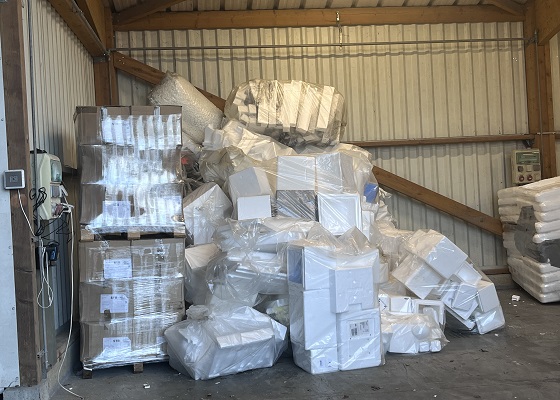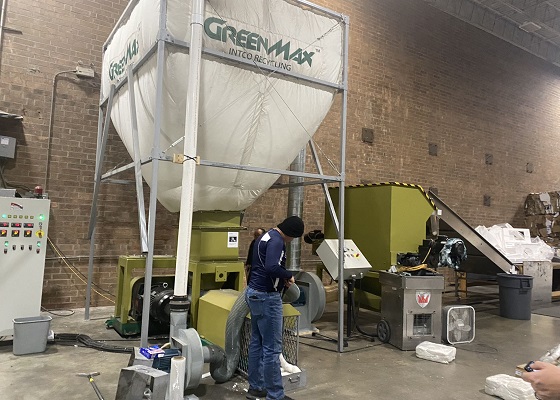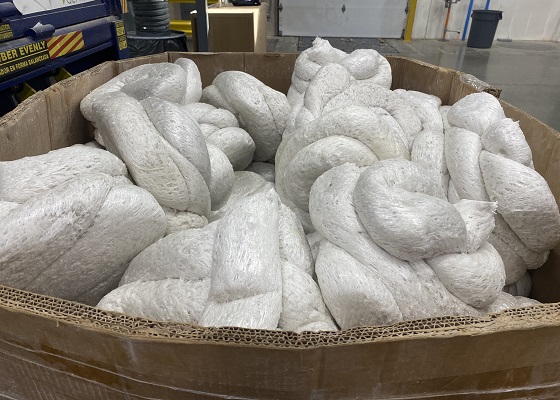Styrofoam densifier can be used in Otsego Conservation District in MI to better realize economic cycle and mass employment
The Otsego Conservation District, located in Michigan, USA, thanked the residents of Otsego County for their support for the cause. There are many types of waste recycled in this area, mainly including waste cardboard, glass bottles and styrofoam. The region is committed to disrupting traditional recycling methods such as landfilling and incineration. The person in charge said that diverse communities should reduce landfill and incineration, protect land resources, water resources, and use waste recycling to achieve economic growth. In particular, recycling styrofoam can not only achieve sustainable development of the environment and resources, but also contribute to people's livelihood.

Recycling is an important part of the U.S. economy, contributing to employment and government tax revenue. Nationwide, for every 1,000 waste collected and recycled, there are 1.17 jobs, $65,230 in wages and $9,420 in taxes for the recycling process. In Battle Creek and Lansing, the international corporation WestRock recycles corrugated cardboard and paper goods. Corrugated containers, paperboard, and folding containers are made at the recycling plants from cardboard and paper goods. Styrofoam is transported to Grand Rapids or Lansing and made into an engineered fuel which is used as a fuel supplement in the cement industry here in Michigan. There is actually a better way to recycle styrofoam, which is to use styrofoam densifier for recycling.

Waste Styrofoam compressed by styrofoam densifier is mainly used to make plastic particles, and then these plastic particles are used to make new plastic products. Before all the recovery and reuse process is realized, we must use the styrofoam densifier to reduce the volume of the styrofoam. Because the bulky styrofoam is very difficult to move and manage, and its bulk creates high additional costs (transportation, storage, etc.). Worst of all, if styrofoam is not compressed in time, these fragile materials can become styrofoam beads, which are very light and difficult to collect, and can easily enter the natural environment. Using styrofoam densifier to compress the waste to 1/90 of the original volume can solve all the problems.

The lingots compressed by styrofoam densifier can be sold as raw materials, because countries are now advocating the use of recycled materials mixed with new materials for manufacturing, so recycling styrofoam is also a way to form a closed economic loop. At the same time, performing styrofoam recycling from manipulating machines, transporting lingots, performing granulation to manufacturing products can increase jobs and increase the employment rate of the people.
